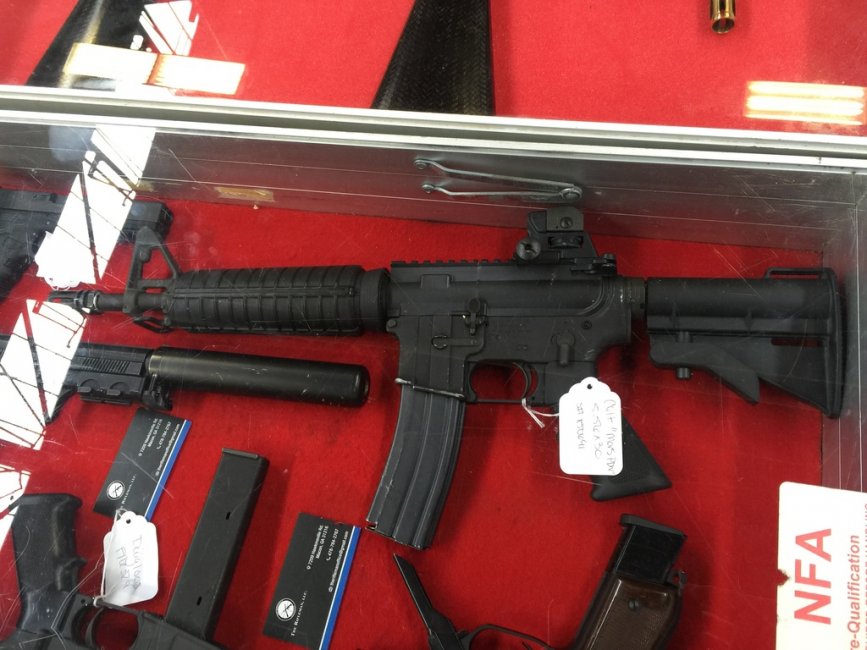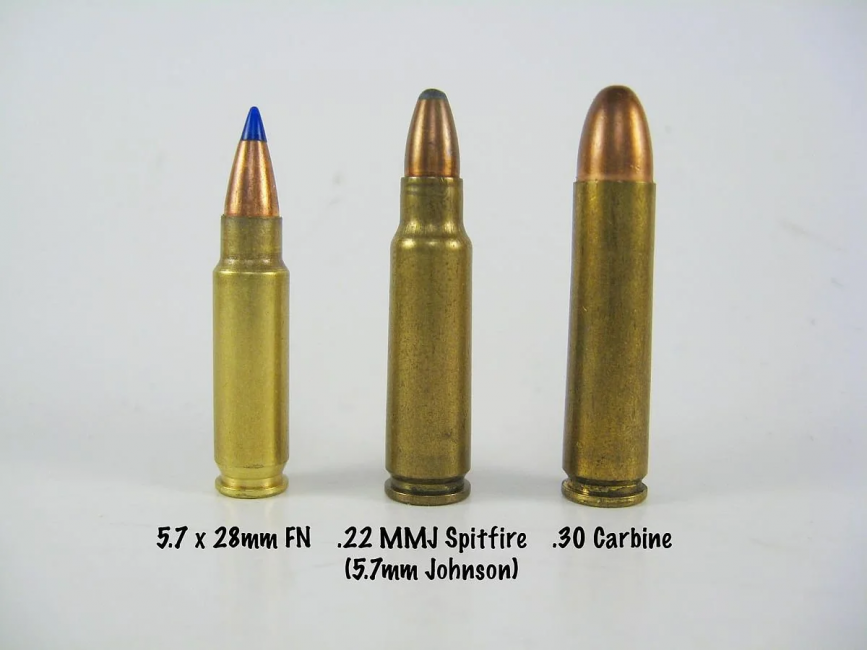Fair warning I've got a long one for you fine folks today, but I think you'll find it worthwhile.
Recently I was thinking about the .30 Carbine cartridge and how it came to be. I understand the concept behind the light rifle trials in the early 40s and it makes sense that the .30 Carbine was developed given the knowledge at the time. Time proved the M1 Carbine and .30 Carbine round to be a decent pair with a respectable service life.
However.....I have a theory that the .30 Carbine cartridge could have never (and maybe shouldn't have) existed.

To add background, the army light rifle trial was set to arm rear line and non infantry troops with a more effective weapon than the 1911 pistol. Imagine being a truck driver or artillery crew and having the choice between a 2 pound handgun or a 9 lb battle rifle..... Handgun is mostly useless and a rifle is usually too much burden. You'll be more than happy to take the 5 lb handy carbine. So the "personal defense weapon" concept I think is solid and the 6 million carbines made, proves that. They were well liked then and still highly sought after today. Just think of how much fun you could have with 6 million of these little guys
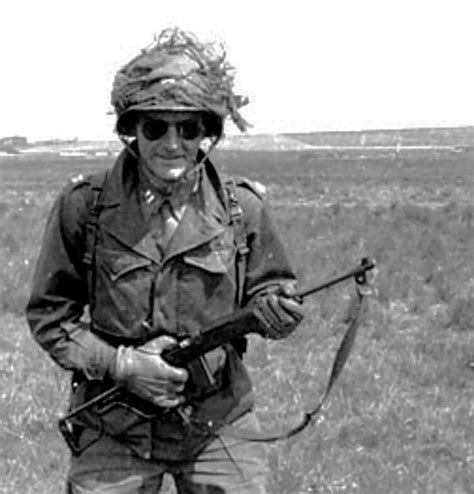
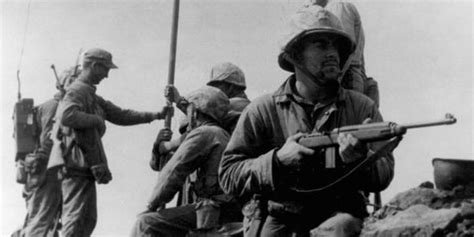
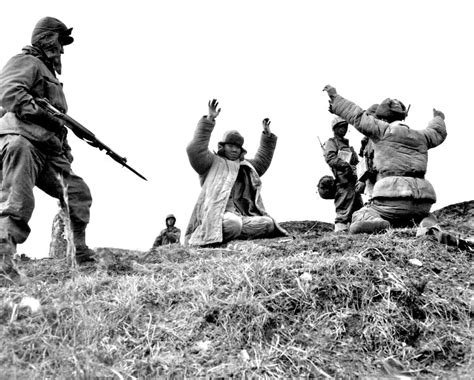
However the elephant in the room is its compromise cartridge... 3x the energy and 2x the range of .45 ACP. Yet 1/3 power and 1/3 range of .30-06. It is very high drag, slowing quickly with steep trajectory. It more or less just pokes 30 cal holes past 100 yds in FMJ form.
.30 Carbine left. 5.56 NATO right.
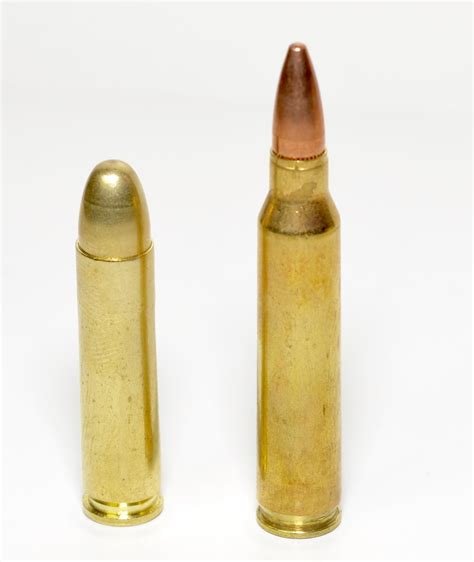
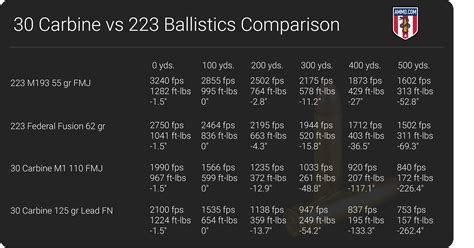
Winchester formulated .30 Carbine from an existing cartridge called .32 Win Self Loading. It closely fit the requirements needed for the trials and was relatively quick to make work. Delete the rim, change the bullet diameter and presto you now have a modern magnum pistol caliber similar-ish to 357 magnum ballistics.
However....... I propose that if the Army hadn't had the .27 caliber minimum trial requirements.... We could have had a much more effective outcome!
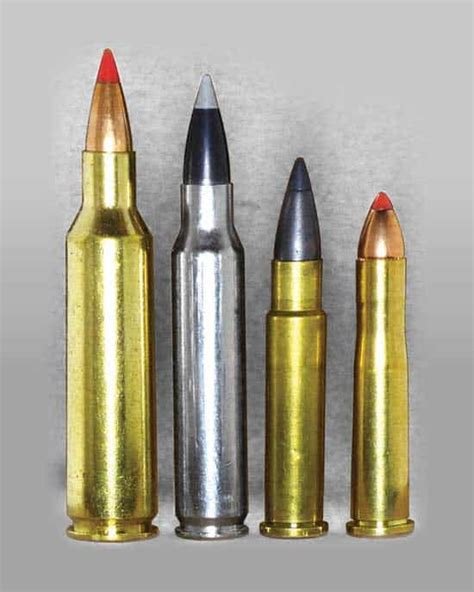
22-250, 5.56, 22 K Hornet, 22 Hornet
Then the Hero arrives....22 K Hornet! This cartridge came out in 1940 and was a much needed face lift from the ugly but loved 22 hornet.
-It can push a 50 grain bullet at 2700 fps
-it would have added at least 100 yards of effective range to .30 carbine.
-It is the same length as .30 carbine
-it is a similar pressure to .30 carbine.
-a rimless variant would fit in the M1 carbine.
-In FMJ it would have been terminally superior to 30 carbine.
-ammunition would be much lighter
I don’t think it’s a stretch to say that a variant of the K hornet could have been chosen during the M1 carbines development.
The K hornet is AWFULLY similar to the 5.56 which of course was adopted 20 years later. Which spawned a whole new world standard of small caliber high velocity infantry arms.
If .22 K Hornet could have been adopted and the small caliber high velocity concept proved earlier....... We may have never even seen the .308 battle rifle generation of the 50s and 60s. This pains me to say as I love .308 battle rifles. But theoretically if .22 K hornet was utilized in WW2, the M14 probably would never existed. Maybe the M16 and 5.56 development would look different even. Who knows?! There's a whole ripple effect of changes that would spawn from us getting basically diet 5.56 carbines decades before 5.56 became standard.
Anyways thanks for reading my insane ramblings. Hope it gets the gears goin in your heads as it has mine.


Recently I was thinking about the .30 Carbine cartridge and how it came to be. I understand the concept behind the light rifle trials in the early 40s and it makes sense that the .30 Carbine was developed given the knowledge at the time. Time proved the M1 Carbine and .30 Carbine round to be a decent pair with a respectable service life.
However.....I have a theory that the .30 Carbine cartridge could have never (and maybe shouldn't have) existed.

To add background, the army light rifle trial was set to arm rear line and non infantry troops with a more effective weapon than the 1911 pistol. Imagine being a truck driver or artillery crew and having the choice between a 2 pound handgun or a 9 lb battle rifle..... Handgun is mostly useless and a rifle is usually too much burden. You'll be more than happy to take the 5 lb handy carbine. So the "personal defense weapon" concept I think is solid and the 6 million carbines made, proves that. They were well liked then and still highly sought after today. Just think of how much fun you could have with 6 million of these little guys



However the elephant in the room is its compromise cartridge... 3x the energy and 2x the range of .45 ACP. Yet 1/3 power and 1/3 range of .30-06. It is very high drag, slowing quickly with steep trajectory. It more or less just pokes 30 cal holes past 100 yds in FMJ form.
.30 Carbine left. 5.56 NATO right.


Winchester formulated .30 Carbine from an existing cartridge called .32 Win Self Loading. It closely fit the requirements needed for the trials and was relatively quick to make work. Delete the rim, change the bullet diameter and presto you now have a modern magnum pistol caliber similar-ish to 357 magnum ballistics.
However....... I propose that if the Army hadn't had the .27 caliber minimum trial requirements.... We could have had a much more effective outcome!

22-250, 5.56, 22 K Hornet, 22 Hornet
Then the Hero arrives....22 K Hornet! This cartridge came out in 1940 and was a much needed face lift from the ugly but loved 22 hornet.
-It can push a 50 grain bullet at 2700 fps
-it would have added at least 100 yards of effective range to .30 carbine.
-It is the same length as .30 carbine
-it is a similar pressure to .30 carbine.
-a rimless variant would fit in the M1 carbine.
-In FMJ it would have been terminally superior to 30 carbine.
-ammunition would be much lighter
I don’t think it’s a stretch to say that a variant of the K hornet could have been chosen during the M1 carbines development.
The K hornet is AWFULLY similar to the 5.56 which of course was adopted 20 years later. Which spawned a whole new world standard of small caliber high velocity infantry arms.
If .22 K Hornet could have been adopted and the small caliber high velocity concept proved earlier....... We may have never even seen the .308 battle rifle generation of the 50s and 60s. This pains me to say as I love .308 battle rifles. But theoretically if .22 K hornet was utilized in WW2, the M14 probably would never existed. Maybe the M16 and 5.56 development would look different even. Who knows?! There's a whole ripple effect of changes that would spawn from us getting basically diet 5.56 carbines decades before 5.56 became standard.
Anyways thanks for reading my insane ramblings. Hope it gets the gears goin in your heads as it has mine.


Last edited:



